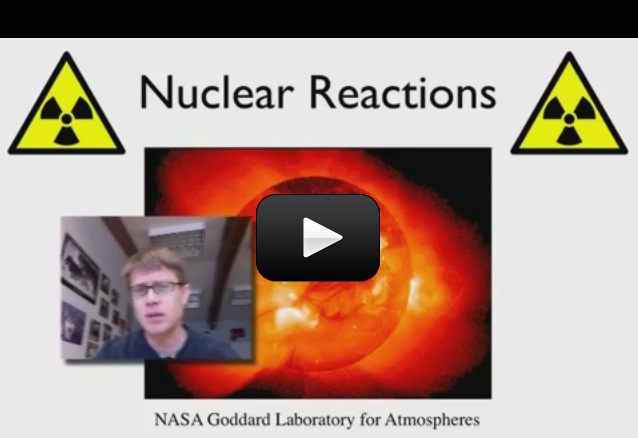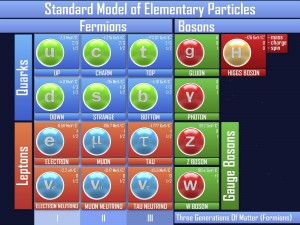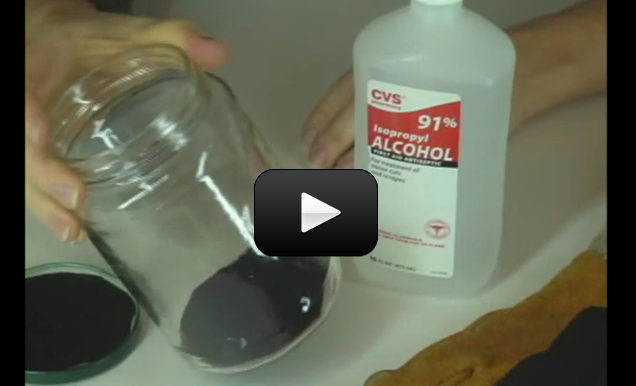This stuff is definitely sci-fi weird, and probably not appropriate for younger grades (although we did have a seven year old reiterate in his own words this exact phenomenon to a physics professor, so hey… anything possible! Which is why we’ve included it here.)
This experiment is also known as Young’s Experiment, and it demonstrates how the photon (little packet of light) is both a particle and a wave, and you really can’t separate the two properties from each other. If the idea of a ‘photon’ is new to you, don’t worry – we’ll be covering light in an upcoming unit soon. Just think of it as tiny little packets or particles of light. I know the movie is a little goofy, but the physics is dead-on. Everything that “Captain Quantum” describes is really what occurred during the experiment. Here’s what happened:
So basically, any modification of the experiment setup actually determines which slit the electrons go through. This experiment was originally done with light, not electrons. and the interference pattern was completely destroyed (as shown in the end of the video) by an ‘observer’. This shows you that light can either be a wave or a particle, but not both at the same time, and it has the ability to flip between one and the other very quickly. (The image at the left is a photograph of an interference pattern – the same thing you’d see on the wall if you tried this experiment.)
So, both light and electrons have wave-particle characteristics. Now, take your brain this last final step… it’s easier to see how this could be true for light, you can imagine as a massless photon.
But an electron has mass. Which means that matter can act as a wave. Twilight zone, anyone?
Read more about this in our Advanced Physics Section.



 If you think about it, the nucleus of an atom (proton and neutron) really have no reason to stick together. The neutron doesn’t have a charge, and the proton has a positive charge. And most nuclei have more than one proton, and positive-positive charges repel (think of trying to force two North sides of a magnet together). So what keeps the core together?
If you think about it, the nucleus of an atom (proton and neutron) really have no reason to stick together. The neutron doesn’t have a charge, and the proton has a positive charge. And most nuclei have more than one proton, and positive-positive charges repel (think of trying to force two North sides of a magnet together). So what keeps the core together?
